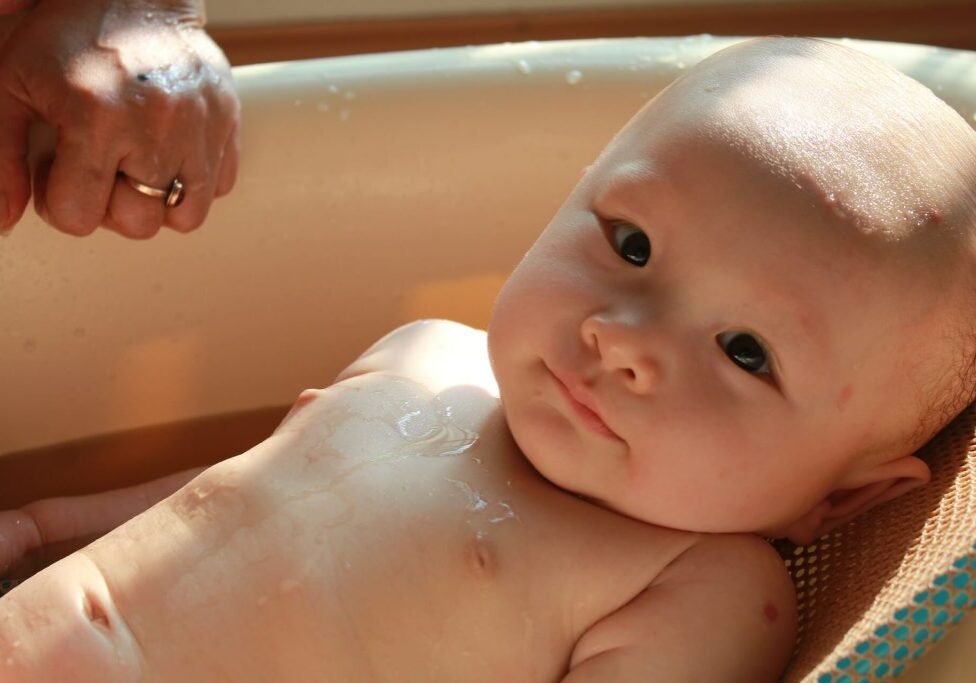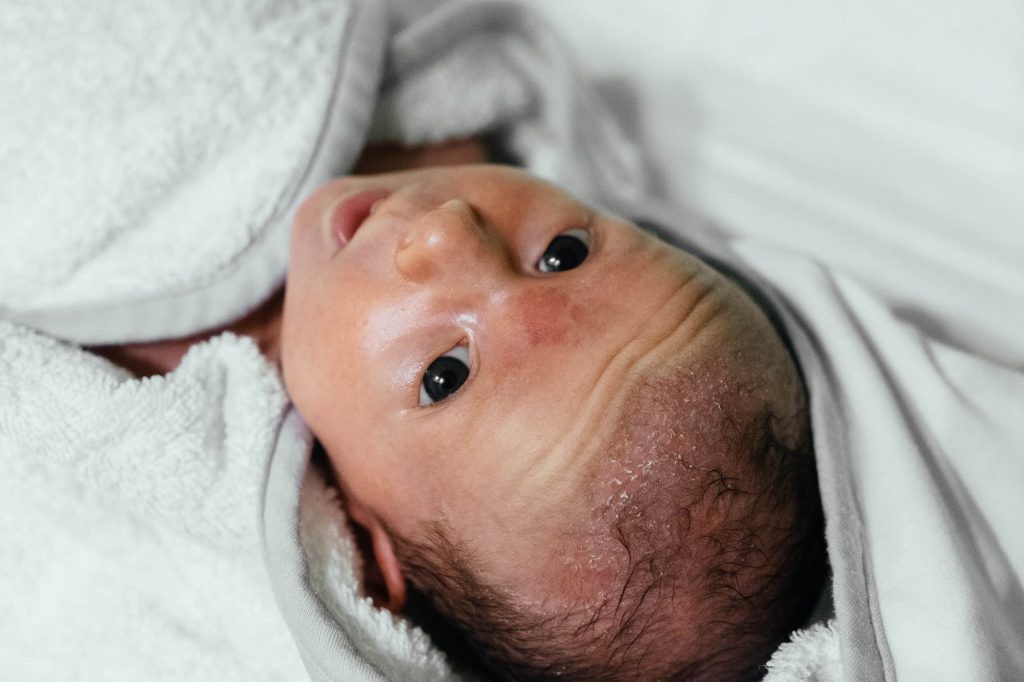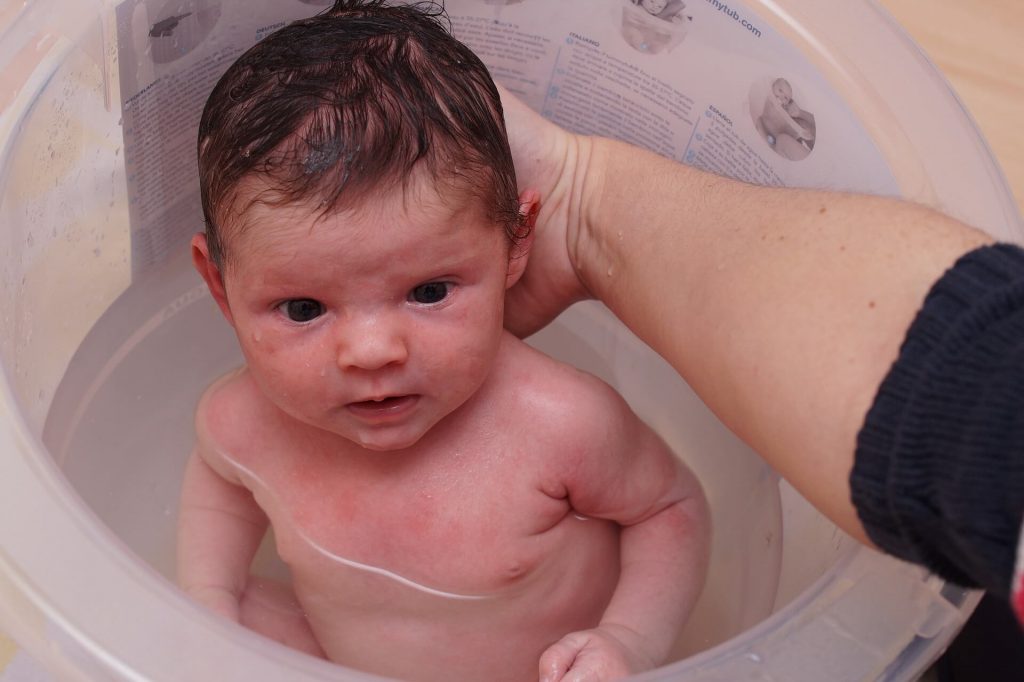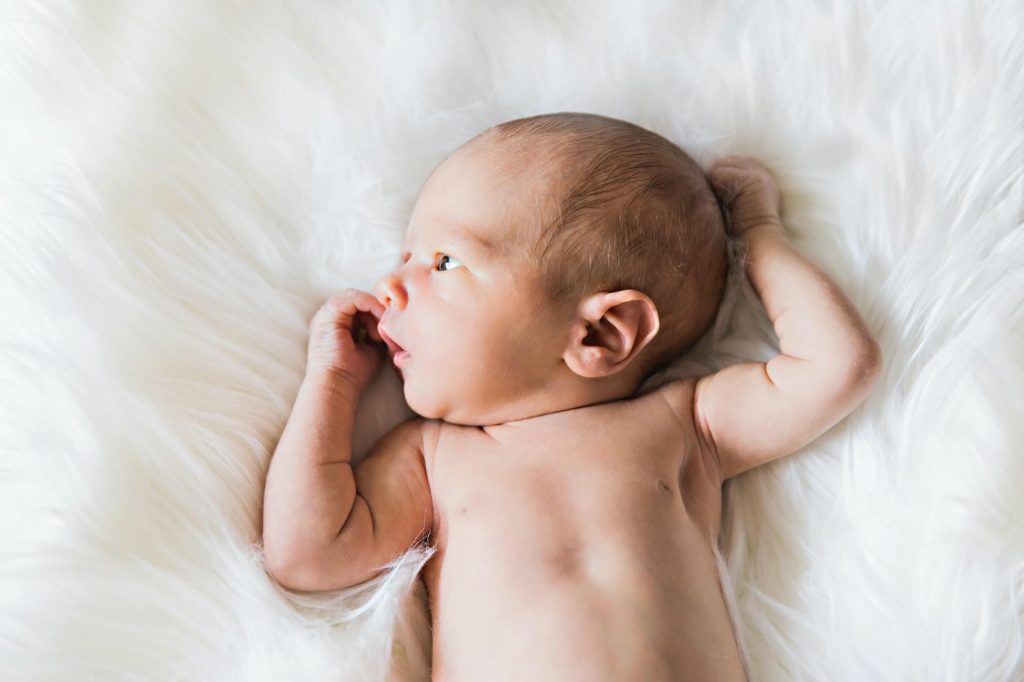A Step by Step Guide to Bathing Your Newborn

Bath time is an essential part of your baby’s routine and can be a great chance to bond with your little one. It’s also an opportunity to get the family involved, whether that is dad, grandma, or someone else. It may feel awkward trying to bathe this moving, wet baby at first, but our handy guide will help you to feel like an expert.
Preparation
It’s best to bathe your baby at a time when you are not expecting to be interrupted. Choose a stable spot at a height that is comfortable for you. Using the laundry sink or placing a plastic tub on a table are common choices, just make sure you can comfortably hold the baby.
You should fill the bath with around 11-13cm of water, so that your baby can settle in the tub with their shoulders covered. Don’t test the temperature with your hand. Instead, use a bath thermometer and aim for about 36-38°C. If you don’t have a bath thermometer, you can also use your wrist to measure the temperature and adjust it, so the water does not feel too hot or cold.
Topping and Tailing

For newborns, topping and tailing prior to a bath helps to avoid cross infection, and helps to keep their skin fresh if you are not bathing daily. Topping involves carefully washing your baby’s face, neck and hands, while tailing is cleaning the nappy area. This method will allow you to clean and prepare your baby before their bath without immersing them in the water.
Topping
Begin by preparing some clean cotton pads and a bowl of warm water. Lay your baby down on a change table or the floor and undress them down to their nappy, using a towel to keep them warm. Dampen a cotton pad with warm water wipe each eye, starting from the inside corner and working out. Using a clean pad for each eye is best to avoid the risk of infection and avoid washing the eye itself.
Dampen a new cotton pad and wipe around the nose and mouth, then use another for the ears and face. Yet another damp cotton pad should be used to clean your baby’s neck, under their arms, and behind their ears. Make sure you clean any skin folds, where mil and fluff can get trapped.
Tailing
Keep your baby’s upper body warm with a towel and remove their nappy. It is important to take special care when washing their genitals, though they will self-clean to some extent.
For girls, moisten a fresh cotton pad and wipe her vaginal area from top to bottom. If there is any poo in the area, grab another damp pad and gently wipe each side within her labia.
If you have a boy, wash the penis and scrotum area and avoid pulling the foreskin back. If your child is circumcised, do not wash the head of the penis until it has fully healed.
Make sure you wipe all skin folds and pat them dry so there is no damp skin. This helps to avoid infection and chafing for your baby, especially if they are nice and chubby. If you are not going to continue bathing your baby at this point, you can apply a barrier on the nappy area to prevent rash and wrap them up for warmth. If not, it’s on to the bath!
Bathing

Begin by gently lowering your baby into the bath feet first, with one arm cradling their head. Always make sure to keep a good hold on them and keep their head supported, as your baby may get slippery when wet. Use your free hand to sprinkle water on your baby’s skin and gently wipe them clean.
Save their hair for last, so your baby doesn’t get too cold. Use a sponge to avoid getting water in their eyes and tip their head back a little. When you are finished, lift your freshly washed baby out while supporting their head and neck. Prepare a clean, dry towel and place them there on their back.
Gently wrap your baby in the towel to keep them warm, and pat dry their skin instead of rubbing. Ensure you dry any skin folds and creases to avoid infection or chaffing. Pay particular attention to get around the neck, under the chin, armpits, behind the ears, and their groin.
At this point you may like to apply a baby moisturiser to avoid dryness. A barrier cream on the nappy area may also protect against nappy rash. Apply either, both or none if you like, and put on a fresh nappy. All finished!

Conclusion
Whether your baby loves the warm water right from the start or needs some time to get used to the new sensations, things will only get easier. A gentle touch and soft voice can help you to bond during this time and make the process a little more fun. You can now dress them again, and warm them up with a nice comfy blanket!
